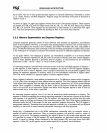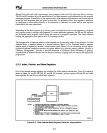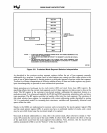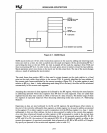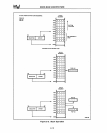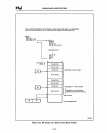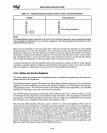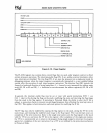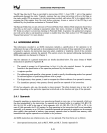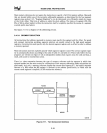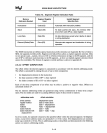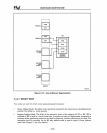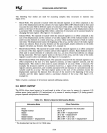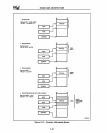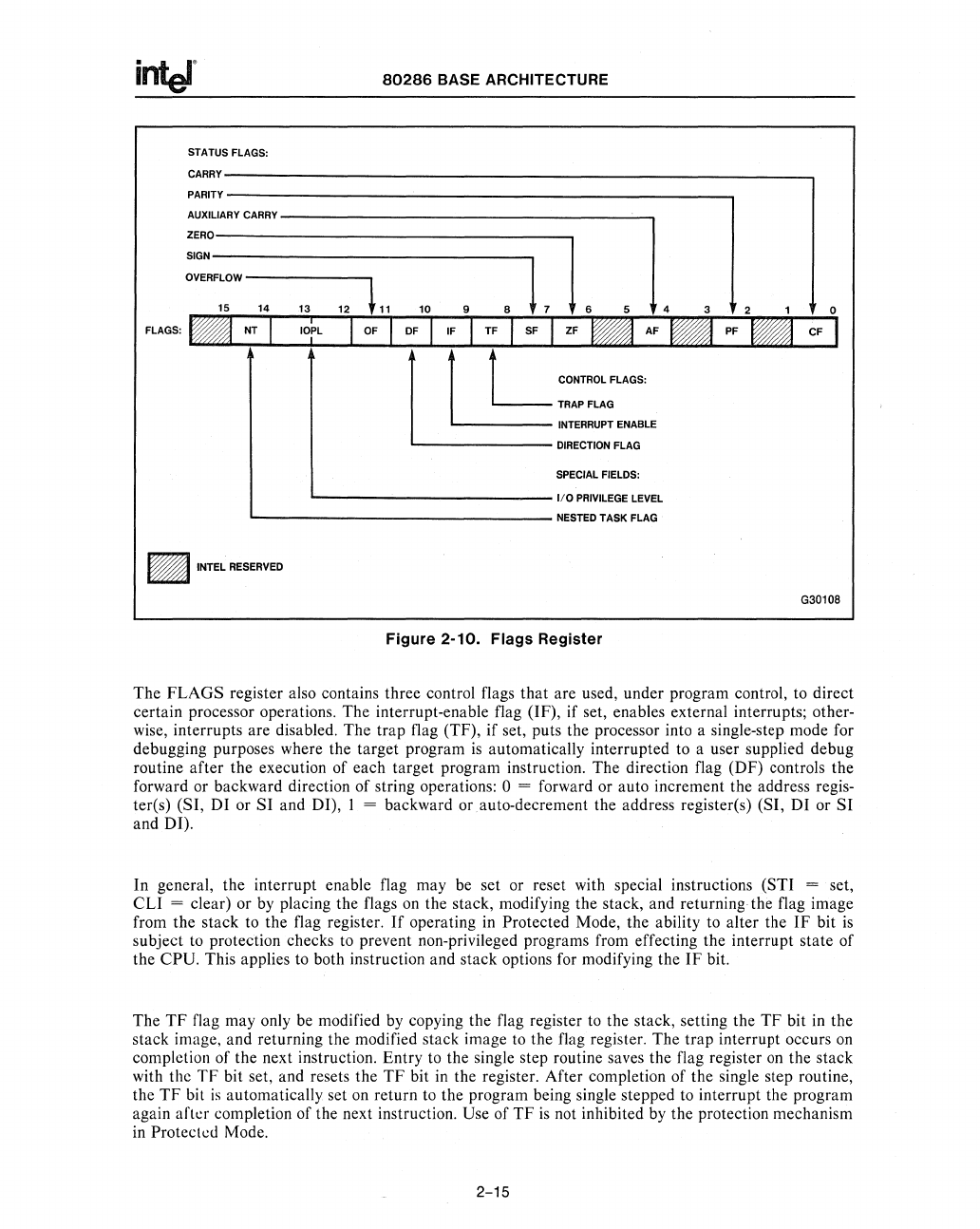
80286
BASE ARCHITECTURE
STATUS FLAGS:
CARRY--------
____________________________
--,
PARITY
--------
___________________
--,
AUXILIARY CARRY
___________________
-'-..,
ZERO I
SIGN
-------------
____
-,
OVERFLOW I
15
14 13
12
~
11
10
9 B 7 6 5 4 3
FLAGS: _
NT
10rL
OF
I
OF
IF I TF I SF I ZF _ AF _
)1
::7~;~"
INTERRUPT ENABLE
'---------
DIRECTION FLAG
SPECIAL FIELDS:
'--------------1/0
PRIVILEGE LEVEL
'--------------------
NESTED TASK FLAG
_ INTEL RESERVED
Figure
2-10.
Flags
Register
2 1
o
G30108
The
FLAGS
register also contains three control flags that are used, under program control, to direct
certain processor operations. The interrupt-enable flag (IF), if set, enables external interrupts;
other·
wise, interrupts are disabled. The trap flag (TF), if set, puts the processor into a single-step mode for
debugging purposes where the target program
is
automatically interrupted to a user supplied debug
routine after the execution of each target program instruction. The direction flag (DF) controls the
forward or backward direction of string operations:
0 = forward or auto increment the address regis-
teres) (SI, DI or
SI
and DI), 1 = backward or auto·decrement the address register(s) (SI, DI or
SI
and DI).
In general, the interrupt enable flag may be set or reset with special instructions (STI
= set,
CLI
= clear) or by placing the flags
on
the stack, modifying the stack, and returning the flag image
from the stack to the flag register.
If
operating
in
Protected Mode, the ability to alter the IF bit
is
subject to protection checks to prevent non·privileged programs from effecting the interrupt state of
the
CPU. This applies to both instruction and stack options for modifying the
IF
bit.
The
TF
flag may only be modified by copying the flag register to the stack, setting the TF bit
in
the
stack image, and returning the modified stack image to the flag register. The trap interrupt occurs
on
completion of the next instruction. Entry to the single step routine saves the flag register
on
the stack
with the
TF
bit set, and resets the
TF
bit
in
the register. After completion of the single step routine,
the
TF
bit
is
automatically set
on
return to the program being single stepped to interrupt the program
again
arkr
completion of the next instruction. Use of
TF
is
not inhibited by the protection mechanism
in
Proteckd
Mode.
2-15




